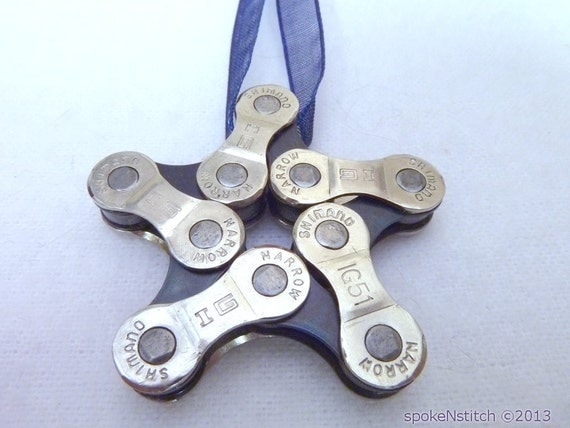Here in New York City, those of us who ride often complain about the conditions of bike lanes and streets, and about the seeming hostility or cluelessness of some drivers. While we all have our stories about the perils of the street, my experiences of cycling in other parts of the US have shown me that, poorly-conceived bike lanes notwithstanding, we have it a little better than riders in other parts of the country.
Other municipalities and states, I believe, actually are more hazardous than the Big Apple. One reason, I think, is that much of the nation, particularly in parts of the South and West, are more automobile-centric than this city. Cyclists are still seen as anomalies in many places. As a result, drivers don't know what to do when they see us. Some even feel resentment and hostility toward us for being on "their" roadway.
One city with such conditions, it seems, is Las Vegas. I was there once, nearly three decades ago, and from what I understand, the city's permanent population has exploded and, as a result, traffic is much denser than it was back then. So it's not surprising that I've been hearing and reading that 'Vegas has a "problem" with bike-car collisions and that it has a large number of fatlities in proportion to its population.
Other municipalities and states, I believe, actually are more hazardous than the Big Apple. One reason, I think, is that much of the nation, particularly in parts of the South and West, are more automobile-centric than this city. Cyclists are still seen as anomalies in many places. As a result, drivers don't know what to do when they see us. Some even feel resentment and hostility toward us for being on "their" roadway.
One city with such conditions, it seems, is Las Vegas. I was there once, nearly three decades ago, and from what I understand, the city's permanent population has exploded and, as a result, traffic is much denser than it was back then. So it's not surprising that I've been hearing and reading that 'Vegas has a "problem" with bike-car collisions and that it has a large number of fatlities in proportion to its population.
 |
| Cara Cox |
The latest such casualty is Cara Cox, who was struck by a 74-year-old motorist more than two months ago. She lay in a coma until her death the other day. Ms. Cox thus became the ninth cyclist to be killed by a motorist in the Las Vegas area this year. A month before her accident, 500 cyclists particpated in a safety awareness rally and ride in nearby Summerlin. The eighth cyclist to be killed, Matthew Hunt, brought them together. "[M]atthew did everything right," according to his brother, Jason. "At this point, it's up to the drivers to pay attention," he added.
That some don't is the reason someone like Alan Snel can say, "Every bicyclist I know can share a story about a motorist endangering their safety." Mr. Snel is a self-described "cyclist who pays the bills as a newspaper writer/reporter" who has written about Ms. Cara, Mr. Hunt and others who died after being struck by cars victims--as well as other stories about cycling in the area--for the Las Vegas Review-Journal. He also writes a blog, Bicycle Stories, where I learned about Ms. Cara's tragic death.
"For the life of me, I can't understand how society accepts killed cyclists," he writes, "as just part of the regular carnage out there on the roads."
I couldn't have said it any better. I hope that the day comes when there will be no need to say it at all.











